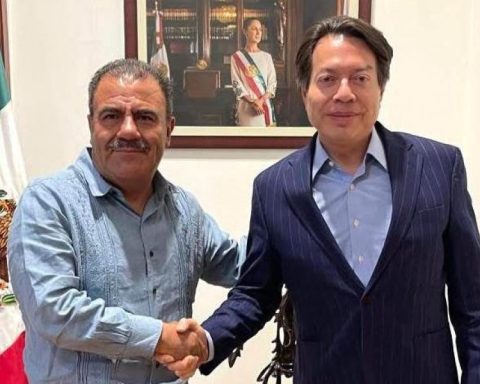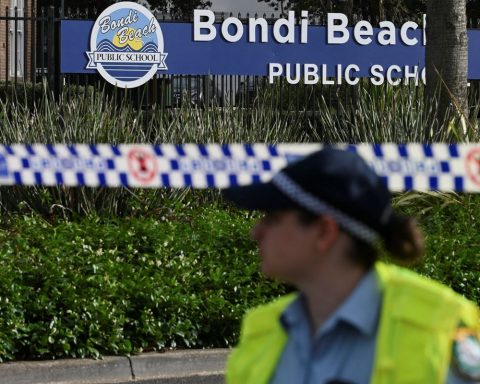h
There are desirable budgets and possible budgets. The needs of Mexico always exceed the State’s capacity to financially cover each item, however, there are times when the distance between the country’s requirements and the precariousness of the coffers is greater; 2025 is one of those years.
The large infrastructure works of recent years, read the Mayan train, airport, and refinery, became large budget items. Today, spending is reoriented to what is basic and cannot be postponed: the payment of interest on the debt, the gradual reduction of the fiscal deficit, and the social programs that all political campaigns promised to expand. In this framework, Mexico has more irreducible spending than room for maneuver, and fewer additional sources of income than in the past.
Hence the cut to the Judicial Power of the Federation, which more than a snip is a total reconfiguration of the role that the third of the powers of the Union plays in public life. If we seek to understand the PEF with the criteria that have governed the discussion for the last 30 years, we are not going to achieve it. The change in political model is reflected in the PEF. And not only that, Morena’s great cultural triumph is having managed to get even the opposition, or what is left of it, to promote in their political campaigns the do not remove social programs
as its great differentiating offer.
And this social and political phenomenon transferred to the economic sphere is not exclusive to Mexico. Around the world, budgets shaped by the economic and narrative logic of the 1980s, Thatcherite budgets, are being replaced by budgets that have the welfare state as their axis. Perhaps the exception is Argentina, which in the absolute inflationary debacle elected a right-wing radical who distrusts the State more than Friedman and Adam Smith combined; and that in one year he managed to reduce the Argentine inflationary fever at a very high social cost, paradoxically, with acceptable popularity.
Beyond the ideological differences and the genuine motivations to defend political programs in the PEF, it would be worth asking ourselves, without affiliations or phobias, what should be the ideal budget for Mexico in 2025 and the coming years? What should be the mix that sends signals of tranquility to the markets, fulfills campaign promises on social matters, and guarantees that the State fulfills its basic function: providing security to the inhabitants?
I say this because for 20 years we have been hearing about conflicts between criminal gangs and settling scores between drug traffickers, and without realizing it, this notion has permeated society in such a way that it is increasingly difficult to remember that it is the State, the authority. democratically elected, which must guarantee conditions of peace and legality in the country.
In that sense, is the PEF 2025 what we need to confront the endemic security crisis? Clearly not. However, it helps and encourages that there is a focus on containing criminal gangs, and arrests and seizures return to the front pages of the newspapers. For whatever reason, even the renegotiation of the T-MEC is a good sign for citizens.
Hopefully the security strategy will be strengthened in terms of budget in the coming years. Because although we can all agree to address the causes of violence, the Weberian concept of the State as a legitimate monopoly of violence would be minimally necessary in hundreds or thousands of municipalities of the Republic. And to achieve this you need resources, coordination and will. There are good messages for the immediate future on all three sides, but the ground lost in the face of crime is simply overwhelming.
The budget is never what is desirable, but what is possible. The PEF 2025 perhaps reminds us of this with total and cold clarity.












